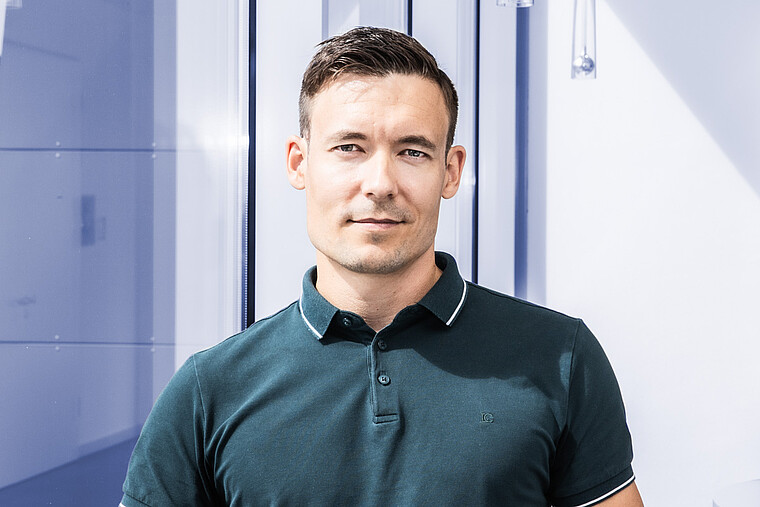Firmware development for measurement instruments is a dynamic and critical aspect of modern technology. The heart of this process lies in the creation of firmware that transforms raw data into precise measurements that shape the very essence of the instrument.
Obtaining valuable information through our sensors is the result of close collaboration with our hardware engineers to ensure seamless integration and harmonization of software and hardware components. In order to ensure encapsulation and maintainability of individual components, modern tools, language features, and software craftsmanship are utilized.
Quality assurance measures align with unit and integration testing to guard against bugs and other problems. Continuous integration pipelines streamline the development cycle, enabling rapid iterations and immediate feedback, while also servicing new functionality and features under the oversight of our interdisciplinary team.
Firmware developers tackle complex challenges daily, ranging from development of drivers to real-time data processing and feedback control. Our role demands not only technical skills but also a deep understanding of the instruments' purpose and the needs of researchers who rely on accurate measurements.
In essence, firmware development for measurement instruments is a complex field where developers must also be able to solve complex problems and work tightly with multiple disciplines. This requires the ability to communicate effectively with different stakeholders so as to achieve our common goal: delivering an instrument to market that fulfills the client’s requirements and plays a crucial role in advancing scientific discovery and technological progress.
